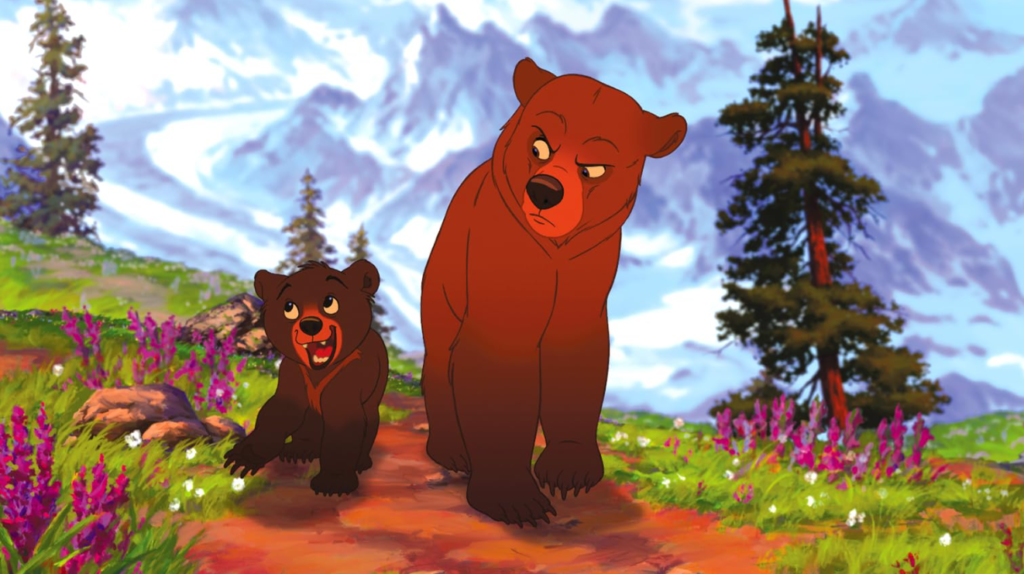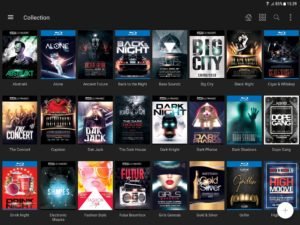Brother Bear’ in 2003 Marked the End of an Era in Disney’s Legacy of Animated Filmmaking

Brother Bear
The year 2003 marked a turning point for Walt Disney Animation. After a decade of animated blockbuster domination in the 1990s renaissance with hits like “Beauty and the Beast,” “Aladdin,” and “Mulan,” Disney Animation aimed to reinvent itself for the new millennium.
As it transitioned into the 2000s, the studio embarked on a creative experiment. While continuing to cater to a family audience, Disney produced a series of films that ventured into uncharted territory in terms of art direction, tone, and theme, released on various online movie websites, too. These films, including “The Emperor’s New Groove,” “Atlantis: The Lost Empire,” “Lilo and Stitch,” and “Treasure Planet,” heralded an era of artistic reinvention.
Amid this creative experimentation, Disney’s foray into untapped genres led to the production of “Brother Bear,” a film celebrating its twentieth anniversary this year. This Academy Award-nominated movie marked Disney’s 44th animated feature. It also holds a special place in Disney history, as it was the third and final film to be produced at the Orlando studio, headquartered at Walt Disney World’s Hollywood Studios park. Directed by Aaron Blaise and Robert Walker, “Brother Bear” follows the story of Kenai, a young Alaskan tribesman transformed into a bear by the great northern spirits as punishment for the wrongful murder of a mother bear.
“Brother Bear” stands as a testament to Disney’s enduring commitment to a classical genre of animated films: the wildlife morality epic. This genre employed animal characters to convey profound themes of personal growth, morality, and the human experience through the lens of animals living in the wilderness. While Disney had previously featured animal characters in nature-centric stories, “Brother Bear” represented the culmination of a particular style of storytelling that used the natural world as a backdrop to explore coming of age, family, and friendship.
Disney’s Deep Connection Between Storytelling and Animals
Disney’s use of animals as central characters had a long-standing tradition in its storytelling. Films like “Bambi,” “The Jungle Book,” “The Lion King,” and “Tarzan” featured animal characters set against the backdrop of the natural world. The movie websites wove tales of growth, maturity, and the significance of family and friendship that resonated with audiences. Unlike Disney’s renowned human fairy tales, these animal-centric narratives focused on themes of mortality, morality, and the circle of life.
What distinguishes these animal films is their willingness to explore complex concepts surrounding death, loss, and the fragility of life. Despite the presence of anthropomorphized animals, movies like “Brother Bear,” “Bambi,” and “The Lion King” confront the harsh realities of life in the wild. They use these themes as allegories for the human experience, providing a unique lens through which to understand human struggles. In contrast to the romantic narratives of Disney’s princess films, the stakes in animal-centric stories span the totality of one’s existence and ability to grapple with profound life questions.
Themes of grief and grappling with identity are prevalent in these animal films, as characters like Simba, Tarzan, Mowgli, Bambi, and Kenai confront their fears, responsibilities, and personal transformations. Movie websites featuring films like “Robin Hood” and “Zootopia” employ a wide array of animal characters but focus more overtly on human history and politics, making the choice of animals as characters almost secondary. In contrast, Disney’s films with wild animal characters highlight their humanity by exploring their relationships with nature and humanity, using animal behavior to convey human emotions and characteristics. These stories revolve around the universal experiences of accepting responsibility, facing hardships, and participating in the “circle of life.”
The Last of a Unique Disney Legacy
“Brother Bear” stands as the last Disney film to purely focus on animal allegory and the reflection of the human experience in the animal world. The film’s strength is in its ability to attribute deep human emotions and pathos to its animal characters. By depicting how animal lives are shaped by their connection to nature and humanity, films like “Brother Bear” embody a timeless and morally nuanced quality that sets them apart from typical Disney stories.
“Brother Bear” represents Disney’s storytelling philosophy, where animals reflect our humanity. It is through this exploration of how animals mirror human experiences that Disney’s most poignant and human stories come to life. As we celebrate the twentieth anniversary of “Brother Bear,” we reflect on a unique era in Disney Animation, one marked by experimentation, creativity, and a commitment to telling stories that touch the hearts of audiences of all ages.
Also Read – Who is Albert Ezerzer Suits? Everything To Know








